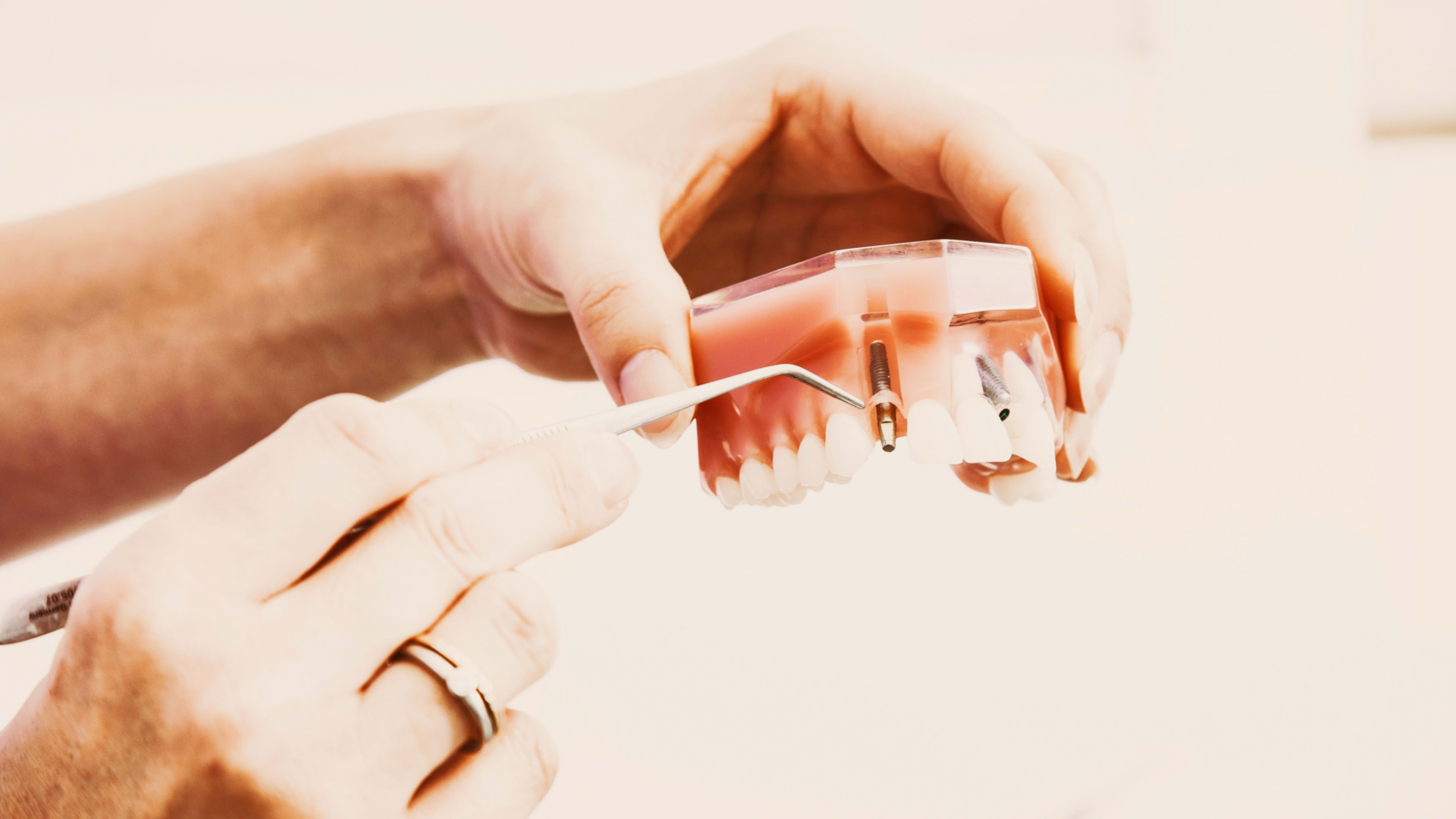Get ready to kiss tooth decay goodbye.
Northwestern University scientists have gotten one step closer to figuring out what can compromise tooth enamel. What they found was published in the journal Nature yesterday.
Enamel is the hard level that covers the teeth. Tooth decay, caused by bacteria, weakens this important dental protection.
The researchers used scanning transmission electron microscopy and atom probe tomography to learn about the chemical nature and structure of enamel.
Let’s drill down: Enamel is composed of rods, which are made up of nanoscale hydroxylapatite crystallites. A crystallite has a shell made of calcium, phosphate, and hydroxyl ions and a core that contains magnesium, sodium, carbonate, and fluoride as well as two magnesium-rich layers, like a sandwich.
The scientists also discovered impurity atoms.
The information will help understand how enamel becomes soluble—and also how to potentially strengthen it.
Approximately 25% of young children, 50% of adolescents, and over 90% of adults in the United States have tooth decay, according to the Centers for Disease Control and Prevention.
Recognize your brand’s excellence by applying to this year’s Brands That Matter Awards before the early-rate deadline, May 3.
